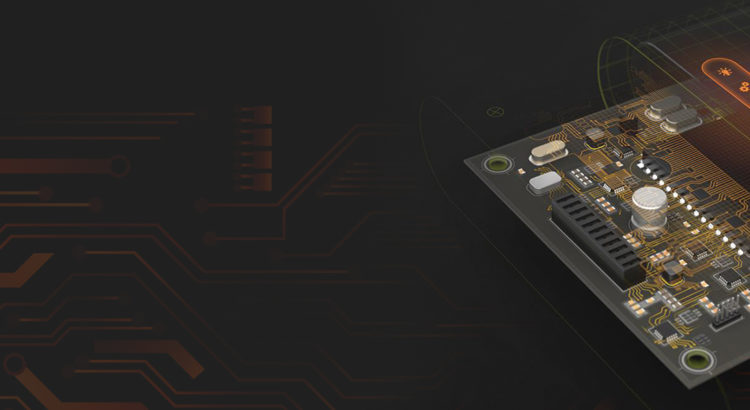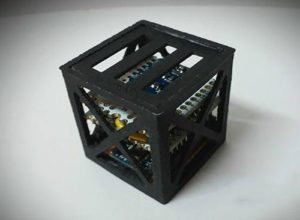Development of intricate and convergent designs is a fact CAD software is starting to live with. The adoption is happening in many ways; one of the prominent ways is the collaboration of electrical and mechanical design. Products now need better integration for better mechanical stability, electrical components, and unified industrial design. Due to the same, the barrier between electrical and mechanical designers is worn down.
How can electrical and mechanical teams work collaboratively, is that even a good idea? Let us discuss some rules to take the design team on the right path.
Rule 1 – Communication within Design Teams with Universally Shared Data
Data silos take place when the electrical and mechanical designers are unable to share data effectively. To enhance collaboration:
- Breaking these data silos completely can be a better approach.
- While following this approach, both the electrical and mechanical teams must be able to access the same universal data.
- The real-time, as well as up-to-date version of the PCB, should be seen by the mechanical designer for his designing enclosure.
- Conflict of components with mechanical design change must be immediately seen by the electrical engineer.
Rule 2 – Close the Gap between ECAD and MCAD
- It will be much better to access the data in a way that is appropriate for both design teams.
- No need for other software to access data for both electrical and mechanical teams.
- It is critical for design software to adjusting and house multidisciplinary teamwork.
- Making data accessible for each team in a way they both can work together and implement a bidirectional workflow.
- An MCAD perspective is presented here as SOLIDWORKS, and ECAD perspective is presented as Altium Designer; however both presented with varied perspective eventually showing same data.
Rule 3 – Compatible Digital Tools across Engineering Disciples
- Bidirectional flow of data all over the designing software can turn out as the best way to start.
- ECAD and MCAD tools must establish a consistent design setting. Collaborative features such as revision history as well as comments, can be accessed from any application.
- The issues of data silos and ineffective communication techniques will flourish unless the application is not compatible.
Rule 4 – Reduce Data Transition Overhead and Maximize Results
- When more than one application, namely ECAD and MCAD is used by a design team which was not designed for data interoperable, the it is unavoidable to use data translation program.
- Success or failure of data translation is based on the model’s complexity as well as the data formats in the question.
- Data translation is sheer overhead that does not add any value to a product designing team.
- Designers can effectively use their time by removing the need for workflow and quickly launch their product to the market.
Nevertheless, if the software used by you is not as interoperable as defined in the above four rules, find a way to abate data translation to develop collaborative success with electromechanical design teams.









 akh students appear for the JEE Mains Entrance Examination, making it one of the largest entrance exams globally. The most common dilemma among engineering aspirants is, about the “Best Engineering Branch” to choose. Basically, what matters in choosing your branch is your personal interest and aptitude for that particular branch. Some of the trending Engineering courses to go for in 2016 can be:
akh students appear for the JEE Mains Entrance Examination, making it one of the largest entrance exams globally. The most common dilemma among engineering aspirants is, about the “Best Engineering Branch” to choose. Basically, what matters in choosing your branch is your personal interest and aptitude for that particular branch. Some of the trending Engineering courses to go for in 2016 can be: